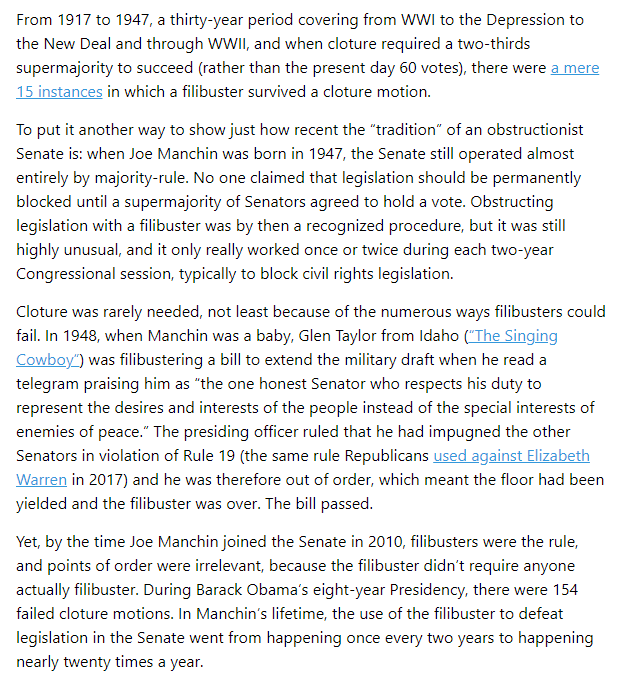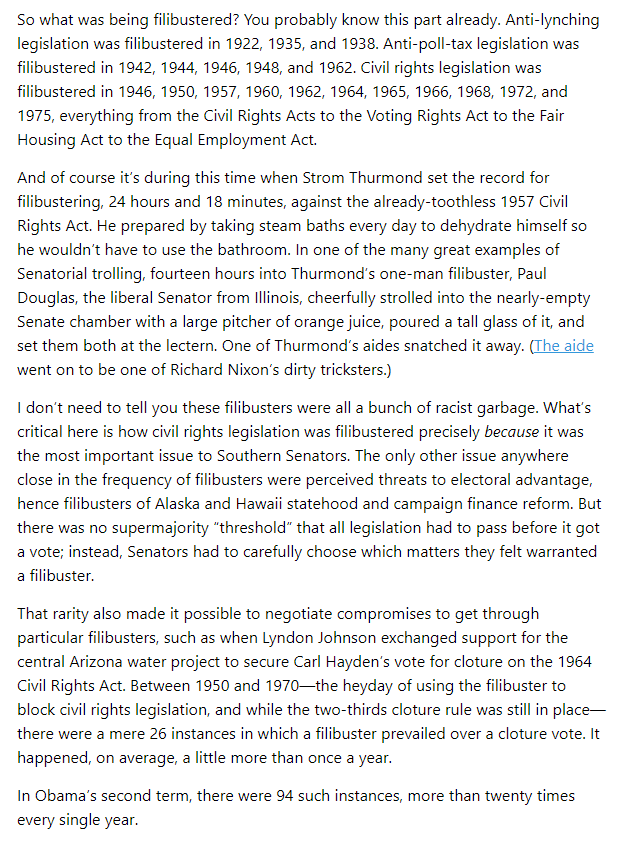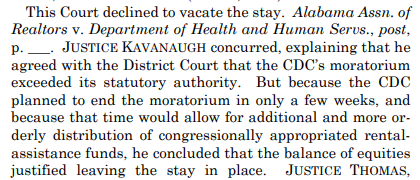
I agree with the conclusion: the verdict probably won't be the product of rulings by Judge Schroeder, but rather [insert whatever you think drives the outcome here other than the judge].
Nonetheless, there have been some 'balls and strikes' issues here worth discussing.
/1
Nonetheless, there have been some 'balls and strikes' issues here worth discussing.
/1
https://twitter.com/mjs_DC/status/1458906390798520326
Despite what Justice Roberts says, SCOTUS isn't an umpire calling balls and strikes. They are MLB, deciding the rules of the game, who can own a team, and who can play.
But trial judges often are calling balls and strikes, and it can make a difference.
/2
But trial judges often are calling balls and strikes, and it can make a difference.
/2

For example, the video, filmed 2 weeks before Kenosha, in which Rittenhouse sees people leaving a CVS and says "Bro, I wish I had my (expletive) AR, I’d start shooting rounds at them."
That video is not obviously admissible or inadmissible.
/3
kenoshanews.com/news/local/sta…
That video is not obviously admissible or inadmissible.
/3
kenoshanews.com/news/local/sta…
There's a blanket rule against admitting this kind of 'propensity' evidence... and then several huge exceptions to that rule, including "proof of motive, opportunity, intent, preparation, plan, knowledge, identity, or absence of mistake or accident." docs.legis.wisconsin.gov/statutes/statu…
/4

/4


In this clip, the judge reiterates his reason for excluding it. He's not wrong.
I don't mean "he's right." I mean he's not wrong: his reasoning is not indisputably incorrect.
He could've held otherwise, admitting the video, and also been not wrong.
/5
I don't mean "he's right." I mean he's not wrong: his reasoning is not indisputably incorrect.
He could've held otherwise, admitting the video, and also been not wrong.
/5
https://twitter.com/TheTNHoller/status/1458490338298011648
A lot of stuff at trial, particular rulings about admitting evidence, are, as they say, "committed to the sound discretion of the trial court."
I think the judge was wrong about this. Still doesn't matter, no appellate court will reverse it on appeal.
/6
I think the judge was wrong about this. Still doesn't matter, no appellate court will reverse it on appeal.
/6
https://twitter.com/MaxKennerly/status/1458589670477123595
This was also wrong and likely intentional. He'd have the expert's CV on the bench with him and would know he's a veteran.
Is this appropriate to do in front of the jury? No. Does it happen a lot anyway? Yeah. Will anything be done about it? No.
/7
Is this appropriate to do in front of the jury? No. Does it happen a lot anyway? Yeah. Will anything be done about it? No.
/7
https://twitter.com/NickAtNews/status/1458820790007308300
In the law, a lot of stuff at the trial level is necessarily left to the discretion of the trial judge. To people like this.
Do you get the joke? You see, the word "Asian" means it's not really American, it's imported from Asia.
/8
Do you get the joke? You see, the word "Asian" means it's not really American, it's imported from Asia.
/8
https://twitter.com/KyungLahCNN/status/1458869423348109312
Which brings me back to the balls and strikes. Erroneous calls add up. What makes the Rittenhouse trial judge's handling unusual isn't the couple of strikes called in Rittenhouse's favor, it's the absence of any strikes wrongly called against him. ojp.gov/pdffiles1/nij/…
/end

/end


• • •
Missing some Tweet in this thread? You can try to
force a refresh


















